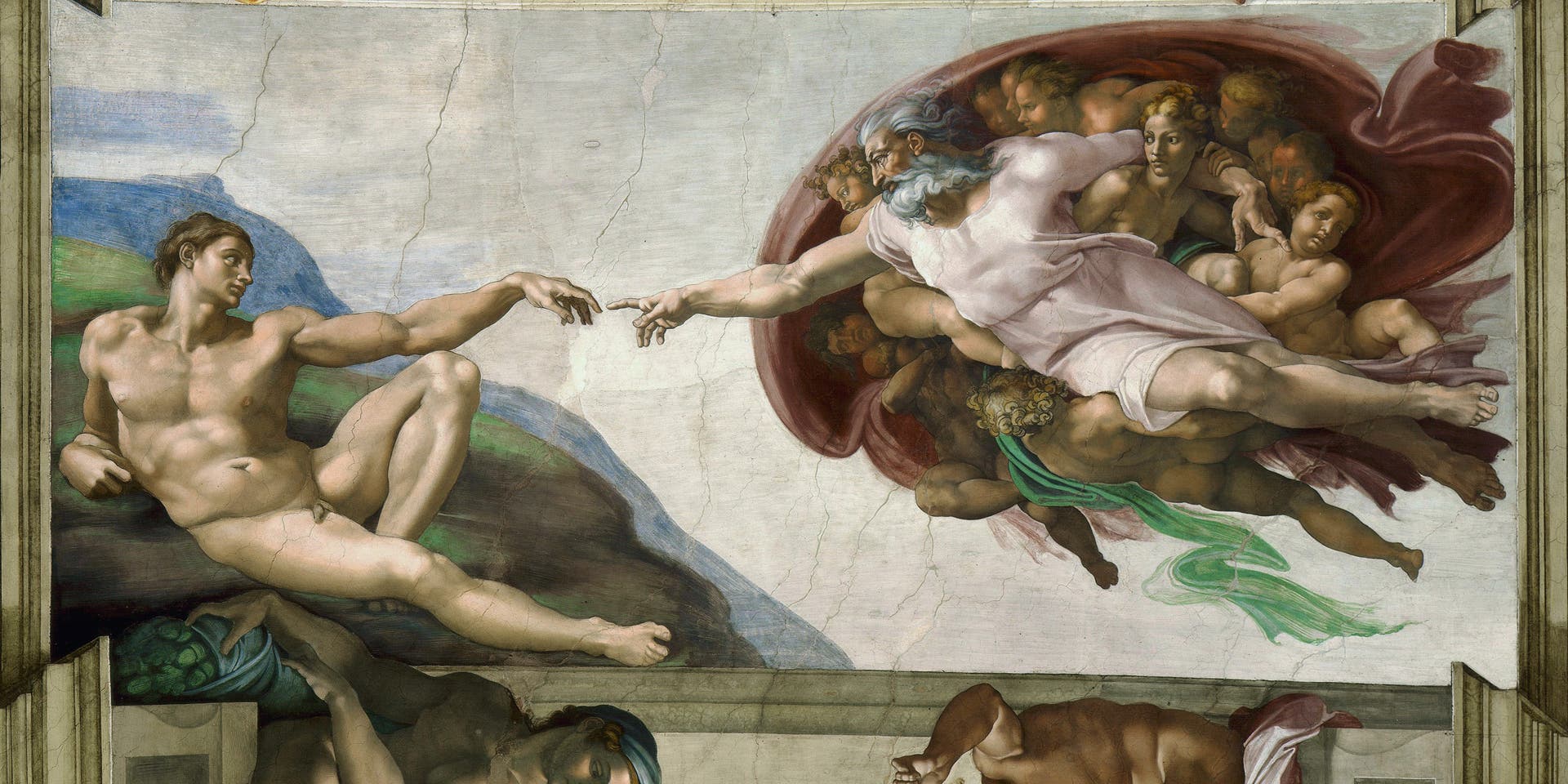AP European History 🇪🇺
335 resourcesSee Units
Multiple Choice Practice for Renaissance and Exploration
Welcome to Unit 1 AP European History Multiple Choice Questions! Grab some paper and a pencil 📄 to record your answers as you go. You can see how you did on the Unit 1 Practice Questions Answers and Review sheet once you're done. Don't worry, we have tons of resources available if you get stumped 😕 on a question. And if solo study is not your thing, join a group in Hours!
Not ready to take a quiz yet? Start studying unit 1 here: Intro to Unit 1

Image From History.com
Facts about the test: The AP European History exam has 55 multiple choice questions and you will be given 55 minutes to complete the section. That means it should take you around 15 minutes to complete 15 questions.
*The following questions were not written by CollegeBoard and although they cover information outlined in the AP European History Course and Exam Description the formatting on the exam may be different.
1. Which of the following is a reason why the Renaissance began in Italy?
A. The rest of Europe was largely still tribal and did not have the political structure capable of supporting a renaissance.
B. Italy had recently become united under a strong and wealthy king.
C. The geographic location of Italy in Europe made them a central point of trade which brought it in money and ideas into the peninsula.
D. Ottoman scholars traveled to Italy and shared history and knowledge with the Italian city states.
2. Which subject would be included in a humanist education?
A. Math
B. History
C. Catholic Studies
D. Engineering
3. In what ways did Humanism impact women during the Renaissance?
A. Women of all social classes got easier access to education.
B. Women received the right to participate in Italian politics.
C. Universities were developed that catered specifically to women.
D. Wealthy women could potentially receive a humanist education that could lead to patronage and possibly authoring books.
4. Which of the following was not a characteristic of Italian Renaissance art?
A. Bright and vibrant colors.
B. An appreciation for both secular and nonsecular themes and subjects.
C. The use of realism and perspective.
D. The use of abstract lines and colors.
5. What is a similarity between the Northern Renaissance and the Italian Renaissance?
A. Both developed around centers of commerce.
B. Both criticized Christianity and the Catholic Church.
C. Both emphasized art that focused on the lives of everyday Europeans
D. Both only used traditional artistic methods and did not experiment with new methods.
6. Which artist painted the roof of the Sistine Chapel?
A. Brunelleschi
B. Michelangelo
C. Donatello
D. Albrecht Durer
7. Known for his woodcuts and portraits, this artist was the most notable during the Northern Renaissance.
A. Michelangelo
B. Pieter Bruegel
C. Albrecht Durer
D. Raphael
8. Which of the following would not be a characteristic of the New Monarchs?
A. Worked to reign in the power of the nobility.
B. Subservience to the nobility
C. Made attempts to centralize the government
D. Worked to create more modern militaries.
9. What larger religious, cultural, and political group dominated trade during much of the Middle Ages?
A. The Islamic Empires
B. The Ming Dynasty
C. The Songhai Empire
D. The Catholic Church
10. Which of the following was not a piece of technology that made overseas exploration more possible?
A. Astrolabe
B. Compass
C. Lateen Sail
D. Steel-plated ships
11. Which European country was the first to start overseas exploration?
A. England
B. Spain
C. Portugal
D. France
12. Which of the following was a motivation for European exploration?
A. God
B. Glory
C. Gold
D. All of the above
13. It is believed that upwards of ninety percent of all Native American peoples perished because of European exploration. What was the primary cause of this?
A. Enslavement
B. European disease
C. Warfare
D. Natural Disasters
14. What effect did exploration have on Europe?
A. The population of some areas grew because of the introduction of new foods.
B. The population of some areas shrank because of new diseases.
C. Feudalism ended across almost the entirety of Europe.
D. The lives of all Europeans improved.
15. Which of the following is true about African slavery?
A. It forcefully relocated millions of African peoples.
B. It disrupted African politics and culture
C. The slave trade in Africa already existed internally in Africa before the arrival of Europeans.
D. All of the above
Time to Check Your Answers on Unit 1 Practice Questions Answers and Review! 🙌
Browse Study Guides By Unit
🎨Unit 1 – Renaissance & Exploration
⛪️Unit 2 – Reformation
👑Unit 3 – Absolutism & Constitutionalism
🤔Unit 4 – Scientific, Philosophical, & Political Developments
🥖Unit 5 – Conflict, Crisis, & Reaction in the Late 18th Century
🚂Unit 6 – Industrialization & Its Effects
✊Unit 7 – 19th Century Perspectives & Political Developments
💣Unit 8 – 20th Century Global Conflicts
🥶Unit 9 – Cold War & Contemporary Europe
🚀Thematic Guides
📝Long Essay Questions (LEQ)
📆Big Reviews: Finals & Exam Prep

© 2023 Fiveable Inc. All rights reserved.